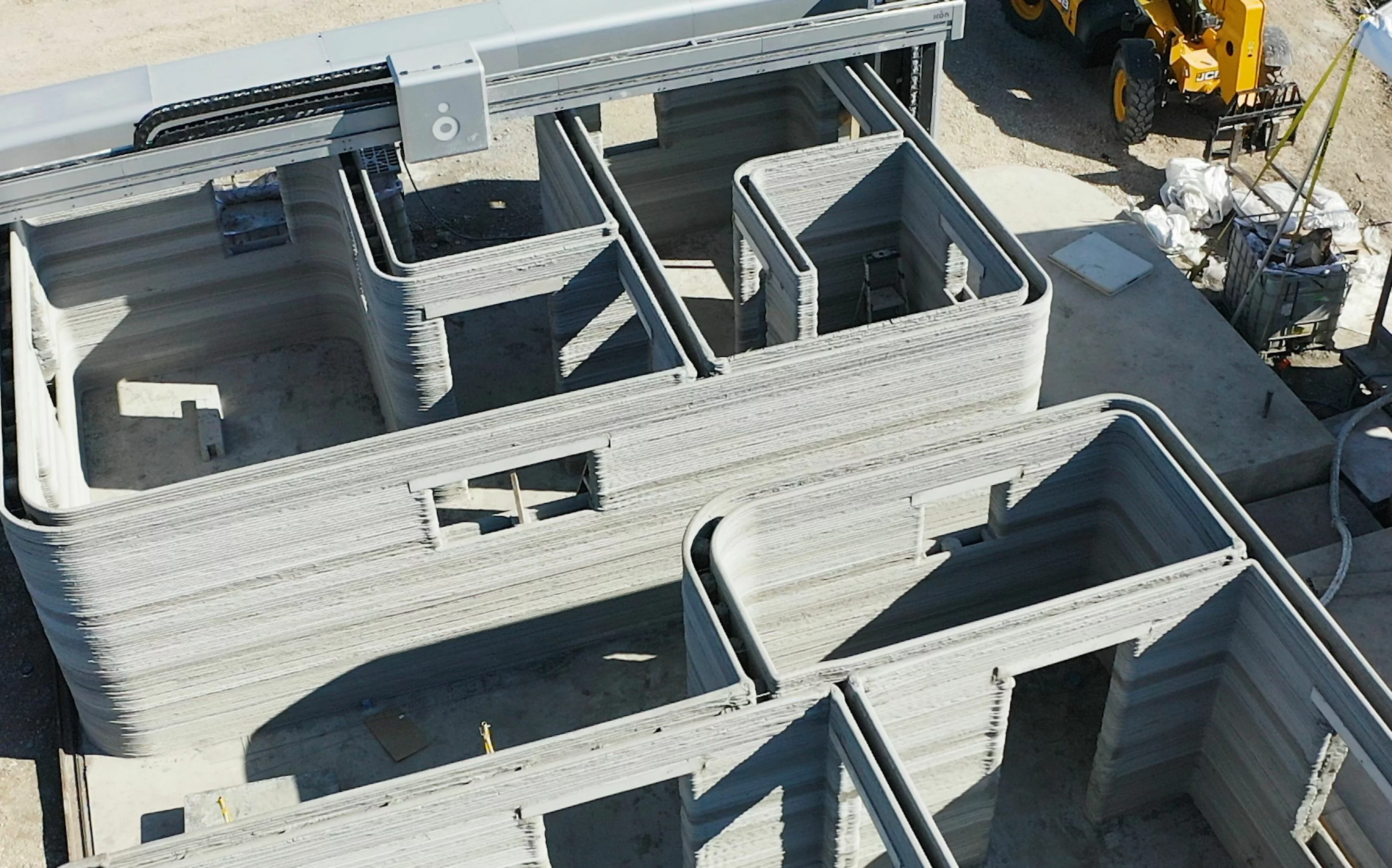1. Additive Construction Techniques:
3D printing in construction introduces additive manufacturing techniques, allowing structures to be built layer by layer. This approach enables precision and efficiency, minimizing material waste and optimizing the use of resources.
2. Customization and Architectural Freedom:
The flexibility of 3D printing in construction allows for intricate and customized architectural designs. Architects and builders can push the boundaries of traditional construction, creating structures with unique shapes and features that were once challenging or impossible to achieve.
3. Rapid Prototyping and Iterative Design:
3D printing facilitates rapid prototyping in construction projects. Architects and engineers can quickly iterate designs and produce scale models, enabling them to experiment with various concepts and refine their ideas before initiating full-scale construction.
4. Affordable Housing Solutions:
One of the promising aspects of 3D printing in construction is its potential to address housing affordability issues. By streamlining the construction process and reducing labor costs, 3D printing offers a viable solution for creating cost-effective and efficient housing.
5. Sustainable Construction Practices:
3D printing contributes to sustainable construction practices by minimizing material waste and optimizing resource use. Additionally, eco-friendly materials can be incorporated into the printing process, aligning with the global push for environmentally conscious construction.
6. Construction in Challenging Environments:
3D printing technology enables construction in challenging environments, such as disaster-stricken areas or locations with limited access to traditional construction resources. Mobile 3D printers can be deployed to rapidly construct emergency shelters or temporary structures.
7. Infrastructure Development:
The application of 3D printing extends beyond building structures to infrastructure development. Bridges, culverts, and other civil engineering projects can benefit from the precision and efficiency of 3D printing technology.
8. Reduction of Construction Timelines:
Traditional construction projects often face delays due to weather, labor shortages, or logistical challenges. 3D printing mitigates these issues, reducing construction timelines and providing a more reliable and predictable schedule.
9. Experimentation with New Materials:
3D printing in construction allows for experimentation with a variety of materials, including advanced composites and sustainable options. This exploration contributes to the development of stronger, more durable, and environmentally friendly construction materials.
10. Integration with Robotics and Automation:
The synergy between 3D printing and robotics is transforming construction sites. Automated 3D printing systems, guided by robotics, enhance precision and productivity, paving the way for a new era of efficient and technologically advanced construction.
